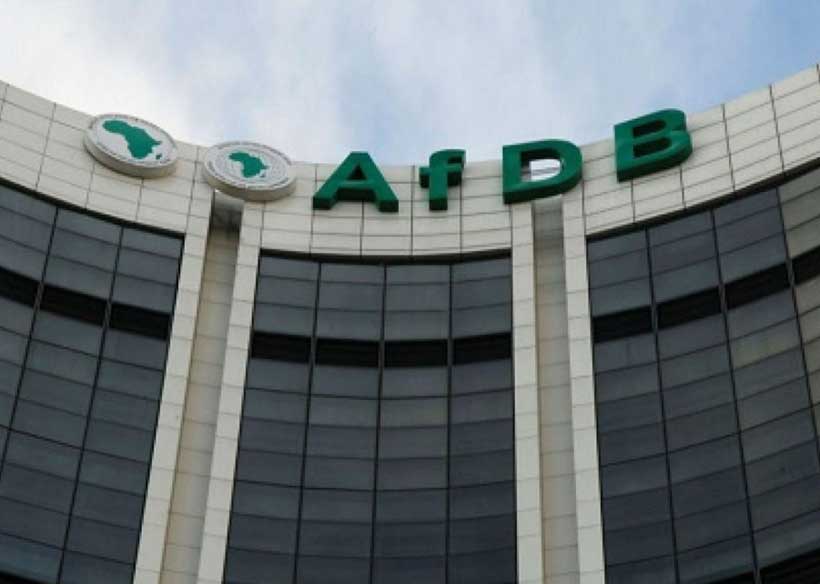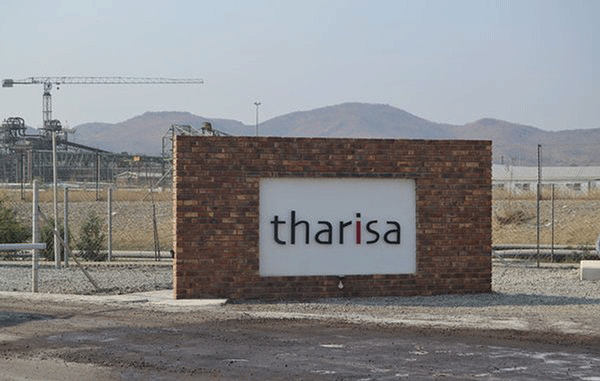Going Green: Businesses light up Zim with renewable energy
Global renewable energy is projected to surpass coal power by 2025 and nuclear energy will account for nearly half of the world’s power generation by 2026.
According to the International Energy Agency forecasts, in 2023, by contrast, they were less than 40 percent.
The United Nations has also said a move to clean energy will be key to limiting global warming to 1,5 degrees Celsius compared with the preindustrial era.
In the region, several countries have adopted renewable energy policies that are at different stages of implementation as they transition from fossil fuels, which have contributed significantly to climate change.
Zimbabwe, on its part, has two energy policies, effectively setting the tone for the development and sustainable exploitation of renewable energy.
The National Renewable Energy Policy (NREP) and the Biofuels Policy of Zimbabwe (BPZ), launched in March 2020 seek to promote optimal supply and utilisation of energy for socio-economic development.
The policies also aims to promote investment in the renewable energy sector by providing specific incentives while establishing market-oriented measures and regulatory instruments for the renewable energy sector in Zimbabwe, covering solar, hydro, wind, geothermal, and biomass.
In that regard, according to the Zimbabwe Energy Regulatory Authority (ZERA), renewable energy technologies now dominate the licensed power projects in line with the country’s quest for increased cleaner and more sustainable power supplies by the year 2025.
Zimbabwe has no shortage of sunlight, which primes the country well for the push for solar energy.
The country’s installed capacity of renewable energy, excluding large-scale hydropower, is expected to increase from about 5 percent in 2017 to about twenty-seven percent in 2030.
According to National Development Strategy 1 (NDS1), energy is a key enabler to the acceleration of the country’s modernisation and industrialisation agenda as well as sustainable socioeconomic growth.
To address perennial power shortages in the country, the Government is undertaking several electricity generation projects, most of which are funded by extra-budgetary funds, loans, and the private sector.
In line with NDS1, providing reliable and low-cost energy access is in line with the Government’s intention to provide economic growth and stability.
Renewables entrepreneur Prechard Mhako told Business Weekly that adopting renewable energy is crucial in Zimbabwe’s fight against climate change, especially as we are losing over 300,000 hectares of forest cover annually to wood fuel and other uses.
“These forests have the potential to offset thousands of tonnes of carbon dioxide each year. As our mining, agriculture, and industrial sectors continue to grow, it is imperative to diversify and expand our energy portfolio to include more renewables. This will not only help mitigate climate change but also ensure energy security for the country,” he said.
Mhako said solar energy currently represents the most accessible investment opportunity, with approximately 1 GW of licensed solar independent power projects. However, the challenge lies in matching these projects with ready, willing, and able investors.
He indicated that hydropower, while a reliable form of baseload energy, is increasingly vulnerable to climatic extremes, as evidenced by recurring low water levels at Kariba Dam.
“Wind energy, on the other hand, is a largely untapped resource. To fully harness its potential, the country needs to invest in research and feasibility studies to better map, understand, and develop our wind energy capabilities,” said Mhako.
He also indicated that independent power projects (IPPs) in Zimbabwe often struggle to reach financial closure due to perceived country risks.
“While the Government has made positive strides by offering guarantees, my thoughts are for them to relax the requirements needed to secure these guarantees.
“This would enable more IPPs to access the necessary financial support, thereby encouraging greater private investment in the renewable energy sector,” he said.
Mhako added, “We have also seen encouraging tax incentives on the importation of solar goods, which is positive, but streamlining the approval process and providing tax incentives for renewable energy projects would further accelerate the shift to sustainable energy sources.”
Power supply in developing countries, including Zimbabwe, has become a severe headache for businesses and the wider economy, in addition to other existing challenges.
It is widely recognised that the availability of modern, reliable, and efficient energy services is an important driver of economic development.
Most countries in Sub-Saharan Africa, however, face major challenges in trying to achieve their development and social obligations because of inadequate access to electricity, and the power situation has weighed on company performances.
While renewable energy and energy-efficient technologies have not attracted the level of investment, of late several companies are opting to invest in small ways to augment their energy demand, which national power supplier ZETDC is struggling to provide.
Proplastics, a company involved in the manufacturing of plastic pipes, said in its recent financials that power supply remains a risk for the business and hence it will invest in a solar-generating project.
“The solar generating project, which was reported on at half-year, will commence before the end of the first quarter as the procurement process for the requisite materials is already underway.
“This project will not only reduce the group’s carbon footprint but will, in addition, have a significant positive effect on production costs as it will be fully integrated into the existing ZESA and generator supply models.
“We expect the project to be up and running by the end of the first half of the year,” the company said.
The company highlighted that electricity supply remained a significant challenge in 2023, and the business continued to encounter outages related to load shedding, which resulted in the use of expensive backup generators to ensure continuity of production.
Diversified financial services group Old Mutual Zimbabwe says investments in the energy sector remain a key priority for the group as the sector is one of the key pillars of the economy.
The group’s investments in energy are mainly from renewable sources, and the company is targeting generating over 42 megawatts (MW) of energy for the national grid through its existing and new projects.
Group chief executive Samuel Matsekete said in an interview earlier in the year that in addition to existing projects, the group has a pipeline of new projects that will be brought to the market over the next six months and into the future.
“The energy sector is an area of interest for us, especially renewable energy. We see the need for energy as an anchor to the development of any economy the same way that consumers and policymakers would see it and would view it as very critical.
“Therefore, we have committed to investing in energy, in particular renewable energy. We have projects that we have commissioned to date, and we have reported on those.
“We have projects that are in flight and that you will also see being brought to the markets over the next six months and into the future,” he said.
He added that this is in addition to a pipeline of even newer projects that the group is also evaluating in terms of feasibility and financial feasibility.
“So it is an area we will continue to be interested in, and it does answer many factors or needs that we are always conscious of.
“Among them is the need for energy, but also the need for renewable energy to support sustainable economic development,” said Matsekete.
Matsekete said, in line with SDG7 (affordable and clean energy) and SDG13 (climate action), the Group’s investments and commitment to green energy are exemplified in the resources it has channelled into solar and hydro energy projects.
These projects include the Great Zimbabwe Hydro, Kupinga Renewable Energy, Solgas, Richaw, Centragrid, and a number of others that are coming up and being worked on.
Old Mutual Zimbabwe, in its recent financials, said it deployed US$13.7 million into alternative investments in renewable energy and other key sectors of the economy.
The group has previously committed to continuing to invest in more solar energy projects in order to bridge the gaps in the country’s energy supply.
In 2021, the Group and its partner SolGas commissioned the US$7,3 million SolGas Energy 5 megawatt (MW) solar plant at Cross Mabale in Hwange district.
The Great Zimbabwe Hydro Project is a 5 MW run-of-river hydro project utilising the hydropower potential of the river Mutirikwi in Masvingo.
In 2015, Old Mutual teamed up with Kupinga Renewable Energy to reconstruct the Kupinga Hydro Power Plant, which has a capacity of 1,6 MW.-ebusinessweekly










